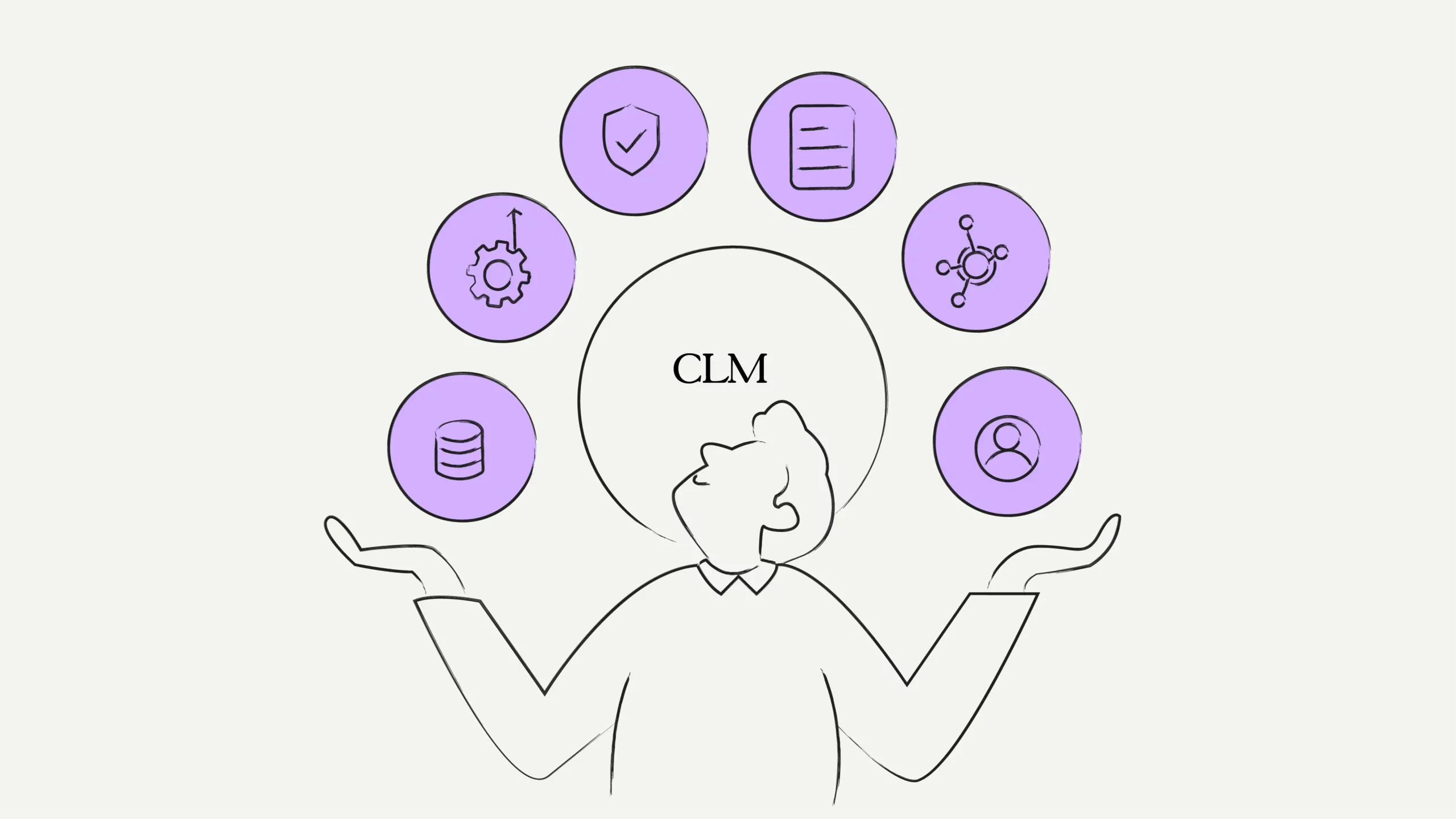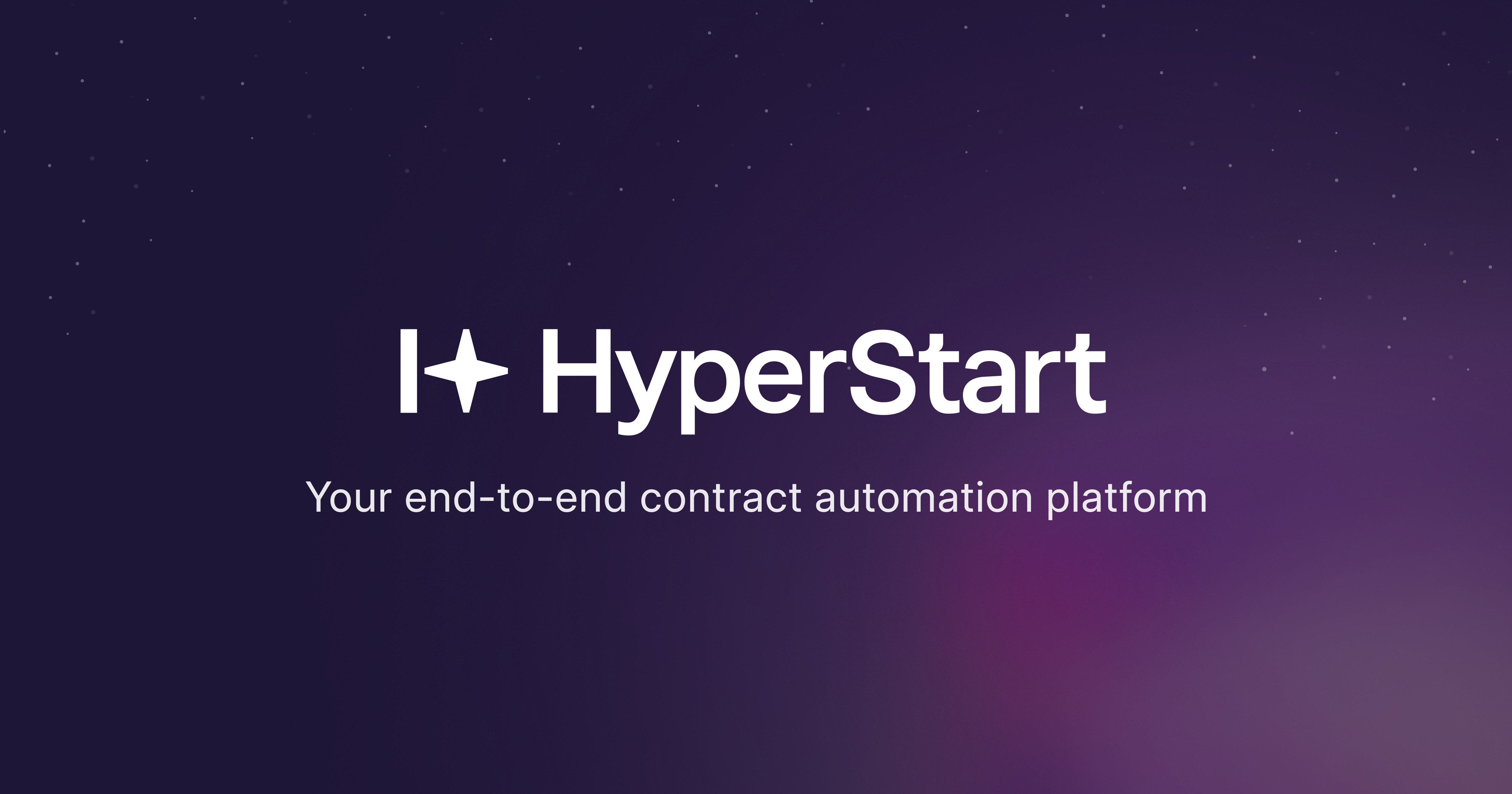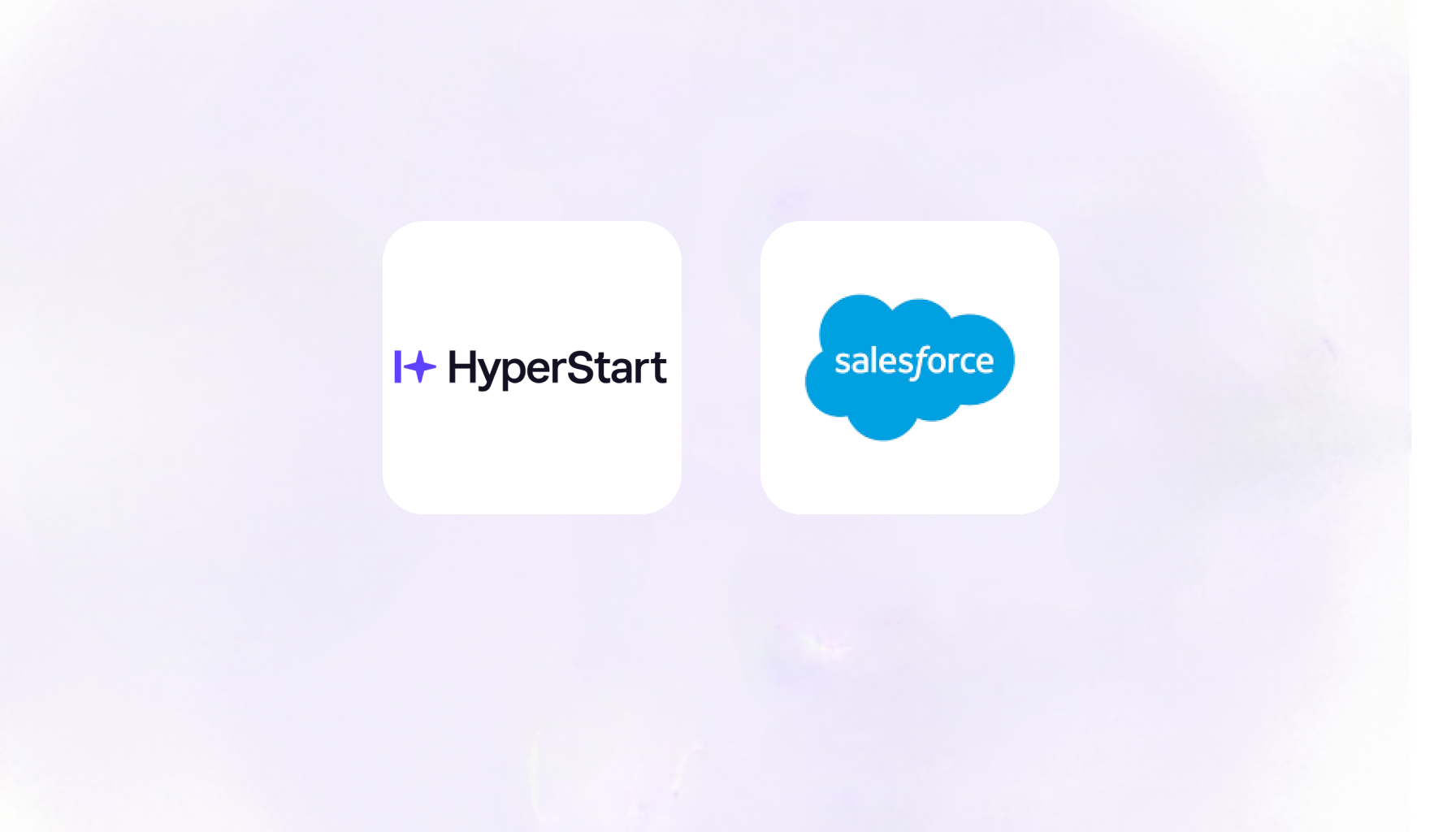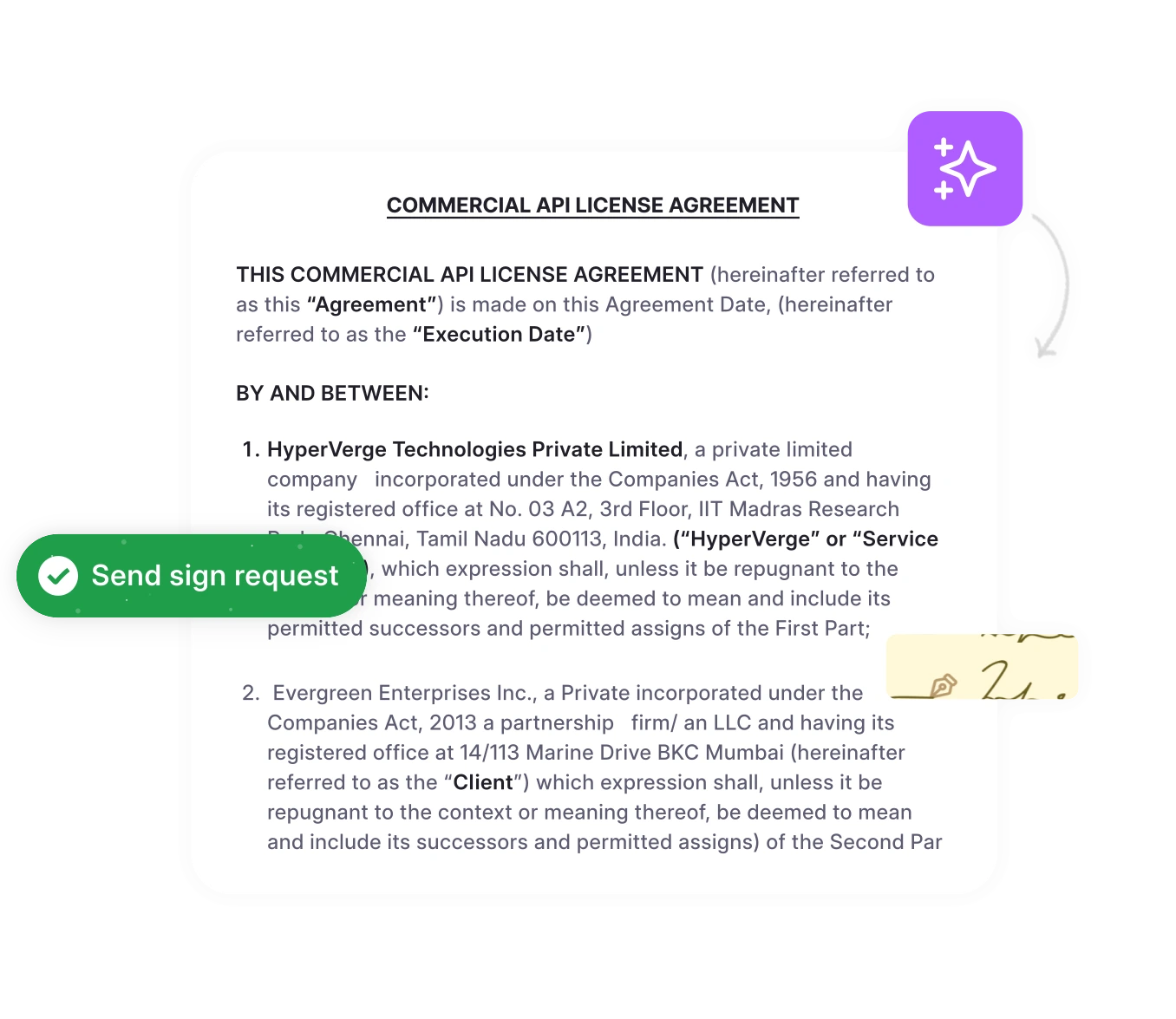“The six principles—reciprocity, autonomy, honesty, loyalty, equity, and integrity—form the basis for all contracts.”
—A New Approach to Contracts, HBR
In the complex world of legal operations, managing contracts and contractual relationships efficiently is paramount to running a business. A Contract management system helps streamline and automate the contract management process, from creation, approvals, and negotiations to signing, and tracking.
The impact of contract management software:
50% decrease in contracting time
25-30% cut in admin overheads
55% boost in compliance
What are the top contract lifecycle management requirements?
Each business has its own distinct characteristics. There could be various reasons why you need a new CLM solution. Take time to reflect on whether the current circumstances truly warrant the adoption of a new system by consulting with your teams. Ask them if any of these situations resonate with their experiences.
Let’s go over the must-haves of every CLM tool.
1. Centralization of contract data
Do your business teams operate from multiple sources of truth? Then your contract data is likely to be scattered across multiple systems of record, resulting in fragmented information and data that each team spends a lot of time trying to find, organize, or send for approval. This leads to frustration and a lack of consistency, calling for a centralized contract storage and management system.
A contract repository solution offers a centralized source of truth with quick and organized access to all digital and legacy contracts. This eliminates the hassle of manual searching across multiple devices, folders, and data sources with a single AI-powered search. It ensures data consistency, data security, and compliance with regulatory standards in one place to store contracts and retrieve them.
Ready to Manage Contracts 80% Faster?
Create, find track, and agree contracts faster than ever. Never miss a contract deadline again.
2. Standardization in contract creation
“The clearer the contract, the shorter the dispute.”
— Paul Belleflamme
Manually drafting every new contract from scratch is prone to error, inconsistencies, and friction, and is expensive for your company.
A robust contract creation solution should provide simple, clear, and intuitive contract templates for users to self-serve contract drafting easily. Browser-based templates, device-uploaded PDFs, scanned copies of legacy contracts, clause libraries, and collaboration features streamline the process, ensuring efficiency.
3. Automated approval workflows
Have you ever accidentally emailed a colleague an older version of a contract? Or have you mistyped a stakeholder’s email, and they didn’t receive the contract at all? You’re not alone. Operating without a contract management solution leaves your teams no choice but to rely on manual approval processes across emails, Slack, documents, and disjointed business systems.
Automating contract workflows is a game-changer. Automations, audit trails, and collaboration dashboards streamline the entire contract lifecycle from creation, approvals, and negotiations until the deal is closed. This saves time, reduces the risk of errors, notifies stakeholders involved, and frees up legal time to focus on more strategic matters.
4. E-Signature & execution
Chasing after compliant wet signatures manually is next to impossible when you need contracts moving at the speed of business. The pen is the first act of commitment that bridges intentions and actions between signing parties.
Contract signing software allows them to sign contracts that are legally binding with native, eSign, or clickwrap signing functionalities. Advanced tools are also compliant with Aadhar and e-stamping protocols. Integrations with Docusign, AdobeSign, and other eSign providers offer quick ways to sign safely.
5. Contract obligation & risk tracking
The manual tracking of obligations is time-consuming, scattered, inconsistent, and prone to miscommunication across departments. Without contract monitoring, both your organization and counterparties are like ships at sea without a compass.
A contract obligation tracking solution provides visibility and control through a single dashboard that offers a clear view of all obligations that are auto-extracted with AI. You can easily analyze and track contract renewal dates, obligations, compliance, and supplier performance.
6. Seamless integration with enterprise systems
Your CLM process is best streamlined with seamless integrations to ERP & CRM tools (like Salesforce, SAP, and Workday), APIs for data exchange with procurement, finance, and HR tools, or other native integrations that your organization uses.
7. Contract compliance management
With continuously evolving business goals, legal frameworks, and contract requirements, contract compliance management can be cumbersome if not automated and baked into your CLM process end-to-end.
A CLM with contract compliance management aligns contract execution, management, and access with legal requirements, company policies, and industry regulations, reducing the risk of non-compliance, financial penalties, and contract disputes.
Read more on Best Contract Compliance Management Software.
8. AI-Powered Contract Analysis & Redlining
If you’ve ever been in an endless loop of contract revisions, you know it slows your business down. The manual redlining process drags contract reviews on for weeks.
Advanced contract review tools empower legal teams with AI-based redlining, version tracking, and in-document commenting to simplify the contract negotiation process and foster real-time collaboration among all parties.
9. Scalability & customization capabilities
If you’re anticipating high-powered growth and niche contract lifecycle requirements to fit your industry’s demands, you’re going to need to discuss this with your CLM vendor.
A good contract lifecycle management software specifies the goals of every stakeholder and establishes governance structures to keep every party’s expectations and interests aligned over the long term.
Ready to Manage Contracts 80% Faster?
Create, find track, and agree contracts faster than ever. Never miss a contract deadline again.
Checklist for evaluating CLM software
Shopping for a CLM is like shopping for a home. You will need to evaluate its features for your business size, industry, and scale, and compare options and prices before you make the buying decision. It may also be useful to evaluate integration capabilities, compliance protocols, and automations across the contract lifecycle management process.
Here’s a checklist:
Reaping the full benefits of streamlined contract management involves subscribing to best practices and navigating the contract process through a well-defined strategy, collaborative approach, and a commitment to ongoing optimization. Among the many factors to evaluate are functionality and flexibility. These aspects vary vastly based on your business model and requirements. Before you decide, make sure you know what you need. Try them out so you know how steep the learning curve is. This empowers legal teams to become strategic partners in driving organizational success.
Use HyperStart CLM for your business
The conservative, stodgy image of the legal world is cracking under the force of AI-powered contract management systems. This technology empowers lawyers to soar past petty bottlenecks and focus on what matters most: strategic decisions and contract intelligence. It can potentially reduce stress, eliminate manual drudgery, improve data accuracy, and nurture your business relationships and trust.
Before you commit to any contract management tools, we recommend trying out the software to gauge how your team feels about it. It’s the essential first step to making the most out of your contract. Book a demo and see how.
Ready to Manage Contracts 80% Faster?
Create, find track, and agree contracts faster than ever. Never miss a contract deadline again.












